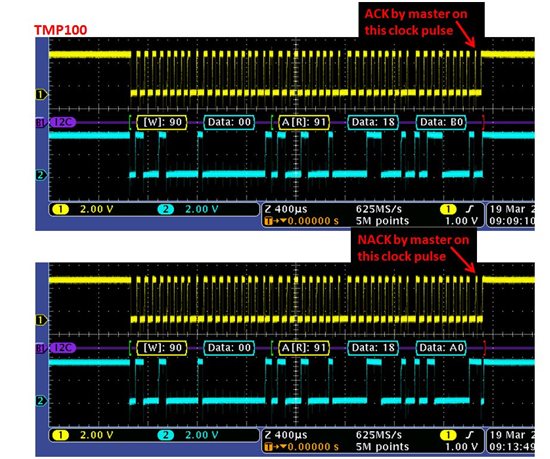Hello,
Our company started deliveries of a new product to the customers (10 deployed in the field so far). The product uses TMP100 temperature sensor. The other devices on I2C bus are: a Real Time Clock and up to 8 EEPROMs (24C512). Firmware was carefully tested and there are no conflicts, everything works fine.
On two of those units I lost temperature readings and access to other devices on the I2C bus. One of the faulty units, which operated for only few days, was recovered. The problem was traces to the SDA pin of TMP100 - internally shorted to GND. The temperature sensor was replaces and (about 10 days ago) I set-up the unit in our lab. It operates under similar conditions as in the field. So far no failure...
Did anybody encountered similar problem?
Best regards
Jacek Czarski


